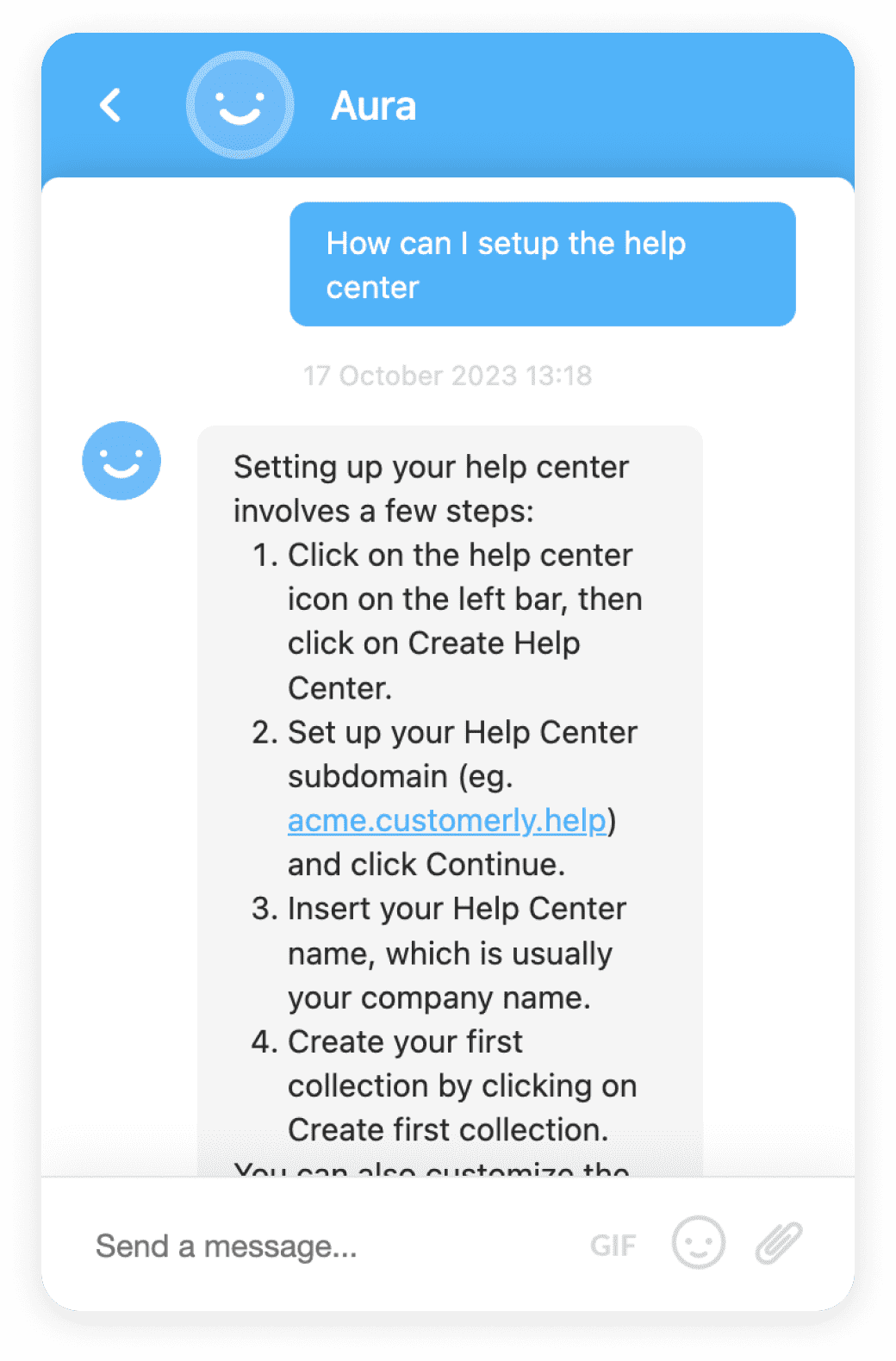Key Account Management
Key Account Management (KAM) is a strategic approach used by companies to prioritize and strengthen relationships with their most important customers.
Definition
Key Account Management (KAM) is a strategic business approach used by companies to prioritize and strengthen relationships with their most important customers, known as key accounts. These key accounts are typically high-value clients that significantly contribute to the company's revenue. The objective of key account management is to foster long-term relationships and mutual growth between the company and its key accounts.
Usage and Context
In the context of business, key account management is usually employed by companies that operate in highly competitive markets or industries where customer retention is crucial. This includes sectors like IT, pharmaceuticals, FMCG, and manufacturing. KAM is used to provide a personalized and dedicated service to high-value customers, ensuring their needs are met and expectations are exceeded.
FAQ
What is a key account in key account management?
A key account in KAM is a high-value customer that significantly contributes to a company's revenue. These accounts are usually large, complex, and demand a higher level of service.
Why is key account management important?
KAM is important because it focuses on building and maintaining strong relationships with high-value clients, leading to increased customer loyalty, higher customer retention rates, and improved business growth.
Related Software
There are several software solutions available that can facilitate key account management, including Salesforce, Zoho CRM, and HubSpot. These tools can help companies manage their key accounts more effectively by providing insights and analytics, facilitating communication, and automating tasks.
Benefits
The benefits of key account management include improved customer retention, increased customer loyalty, higher revenue, and better understanding of customer needs. It also allows companies to build strong, long-term relationships with their key accounts.
Conclusion
In conclusion, key account management is a crucial business strategy for companies that want to retain and grow their relationships with high-value customers. It involves a focus on customer needs, personalized service, and long-term relationship building.
Related Terms
CRM (Customer Relationship Management)
Explaining CRM (Customer Relationship Management), a strategy for managing a company's relationships and interactions with customers and potential customers.Customer Relationship Management
An explanation of Customer Relationship Management (CRM), its usage, context, related software, benefits, and common questions related to it.SCRM (Social Customer Relationship Management)
SCRM is a strategy that integrates social media services into traditional CRM processes to engage with customers on a more personal level.











